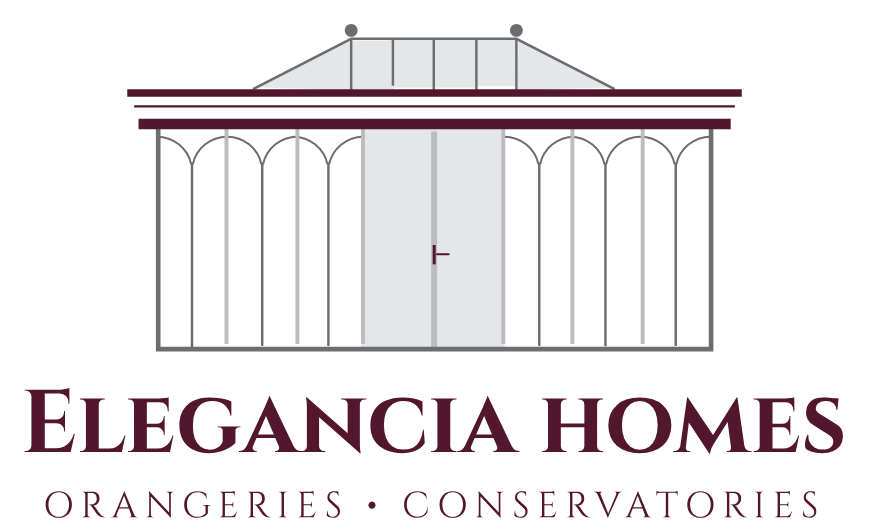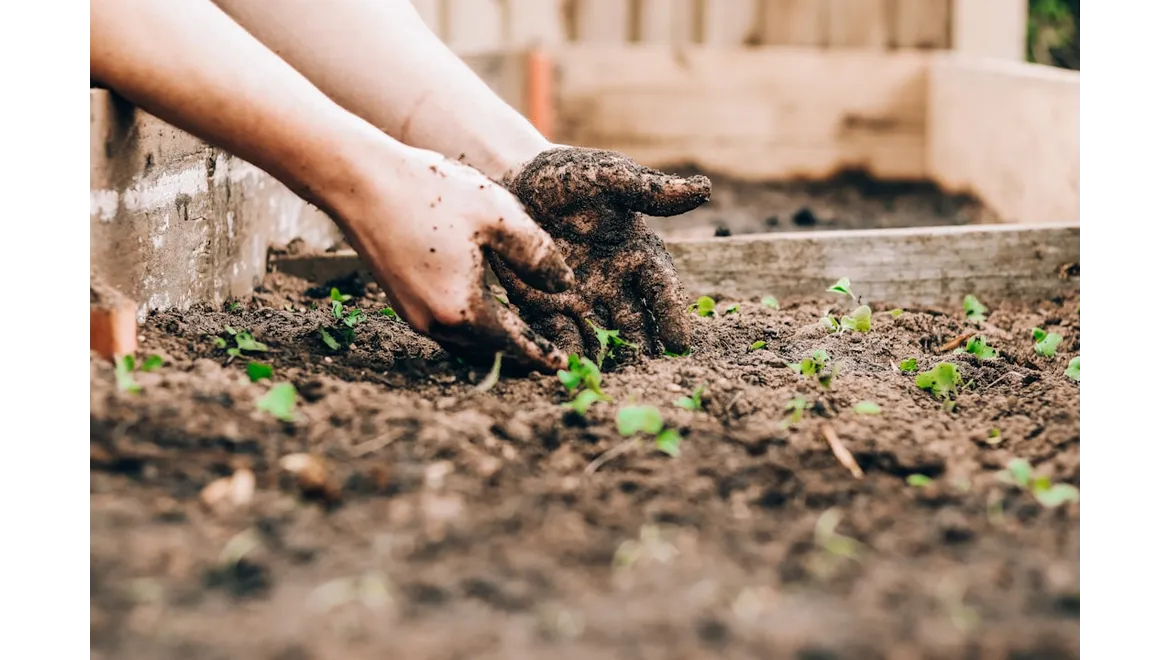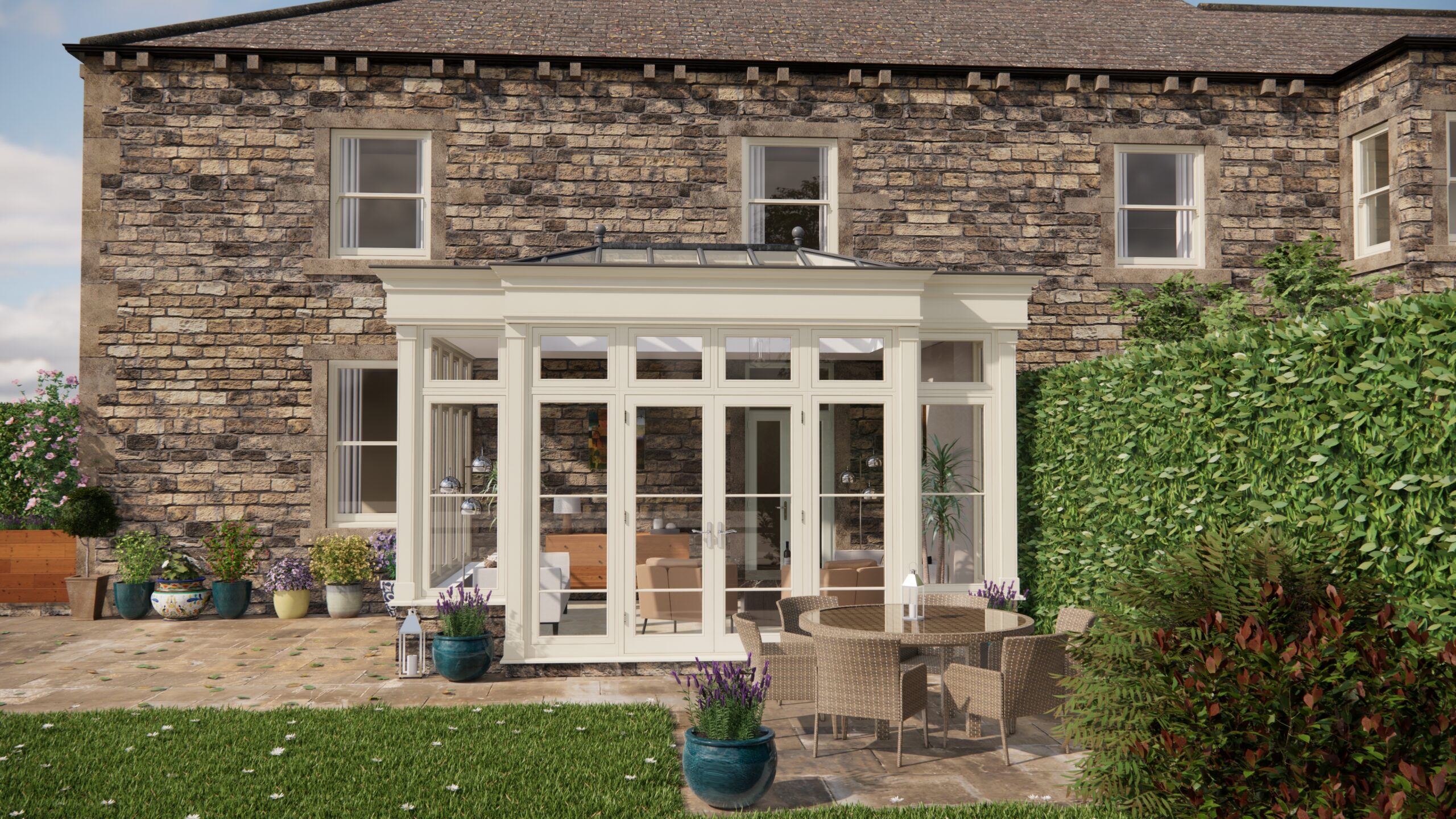So, I was catching up with Anna the other day – she’s neck-deep in planning an orangery extension. Naturally, articles about construction and outbuildings came up, you know, the usual – materials, blending it with the house, keeping it cosy and dry, and navigating the planning jungle. But then we got onto the nitty-gritty: the ground beneath our feet and how it all drains away. Turns out, that’s more crucial than picking the perfect shade of Farrow & Ball!
“It’s all well and good dreaming of sun-drenched brunches,” Anna laughed, “but what happens when it pours? My garden turns into a swamp after a heavy downpour already!” That’s when the penny dropped for me. We weren’t just talking pretty extensions, we were talking about responsible building. Specifically, The Impact of Ground Conditions and Drainage.
Understanding the Ground Beneath You
First things first, I told her, before you even think about ordering bricks, you absolutely have to understand your ground conditions. A proper soil survey is key. Seriously. Don’t skip it! This isn’t just about knowing what kind of soil you have (clay, sand, loam, etc.), it’s about understanding its load-bearing capacity, water table level, and potential for movement. Imagine building your dream orangery on unstable ground – nightmare fuel! The survey will flag up potential issues like subsidence risk or the presence of underground streams. A reputable geotechnical engineer can perform these tests and provide a detailed report with recommendations. Think of it as an insurance policy for your build – a relatively small cost that could save you thousands down the line. The engineer will typically use boreholes to extract soil samples from varying depths and the samples will be examined in a laboratory.
Drainage Solutions: A Recipe for Success
Now, let’s talk about drainage. Anna’s swampy garden highlighted the need for a proper drainage plan. We discussed traditional drainage systems – things like French drains (gravel-filled trenches with perforated pipes to redirect water) – and how they can be effective, but also how they can sometimes just shift the problem elsewhere. That’s when I started talking to her about Sustainable Drainage Systems (SuDS).
I know, SuDS sounds a bit technical, but the principle is simple: mimic natural drainage patterns to manage rainwater runoff. Instead of just channeling water away as quickly as possible, SuDS aim to slow it down, filter it, and allow it to soak back into the ground. Crucially, it will need to be designed by a suitably qualified drainage engineer.
“So, what are we talking about, exactly?” Anna asked, looking slightly bewildered.
That’s when I ran through some SuDS techniques, specifically tailored for orangery projects:
- Permeable Paving: This is a fantastic option for patios and pathways surrounding the orangery. Instead of solid paving, permeable paving allows rainwater to seep through the surface and into a gravel base underneath. This reduces runoff and helps replenish groundwater. Think about using permeable block paving or gravel driveways.
- Rain Gardens: These are shallow, planted depressions designed to collect rainwater runoff from the orangery roof. The plants act as natural filters, removing pollutants before the water soaks into the ground. They’re not just functional; they can be beautiful features too, filled with native plants that attract wildlife. Rain gardens need very careful design so that they don’t create damp issues at the property, make sure that they are positioned away from the main structure of the orangery.
- Swales: These are shallow, vegetated channels that gently convey rainwater runoff. They’re perfect for directing water away from the orangery foundation and towards a designated infiltration area. They can be cleverly disguised as landscaped features, adding to the overall aesthetic of the garden.
Benefits Beyond Dry Feet
I explained to Anna that SuDS aren’t just about preventing flooding. They also improve water quality by filtering out pollutants, reduce the strain on existing drainage infrastructure, and even create habitats for wildlife. It’s a win-win-win situation! Another major benefit is preventing soil erosion around the building and ensuring that the water doesn’t pool around the building. One final major benefit is helping to lower the risk of subsidence due to moisture content and groundwater levels.
Mitigating Risks and Planning Permission
Of course, I emphasized the importance of getting proper professional advice. A structural engineer can assess the site-specific ground conditions and recommend the most appropriate drainage solutions. And don’t forget about planning permission and building regulations! Depending on the size and location of the orangery, you may need to submit a drainage plan as part of your application. With listed buildings, it is especially important to get correct permissions.
Anna started to see the light. She’d been so focused on the aesthetics of the orangery, she hadn’t fully appreciated the importance of what was happening beneath the surface. By understanding the ground conditions and implementing appropriate drainage solutions, she could not only prevent future problems but also create a more sustainable and environmentally friendly extension.
Ultimately, it is not enough to just get the construction of the orangery correct, the foundations and the drainage for the orangery need to be given just as much consideration because getting these fundamental aspects wrong can cause major issues later. Using SuDS techniques is a really effective way of building the orangery but also ensuring it is done in a way that is both environmentally conscious and appropriate for the surroundings.


